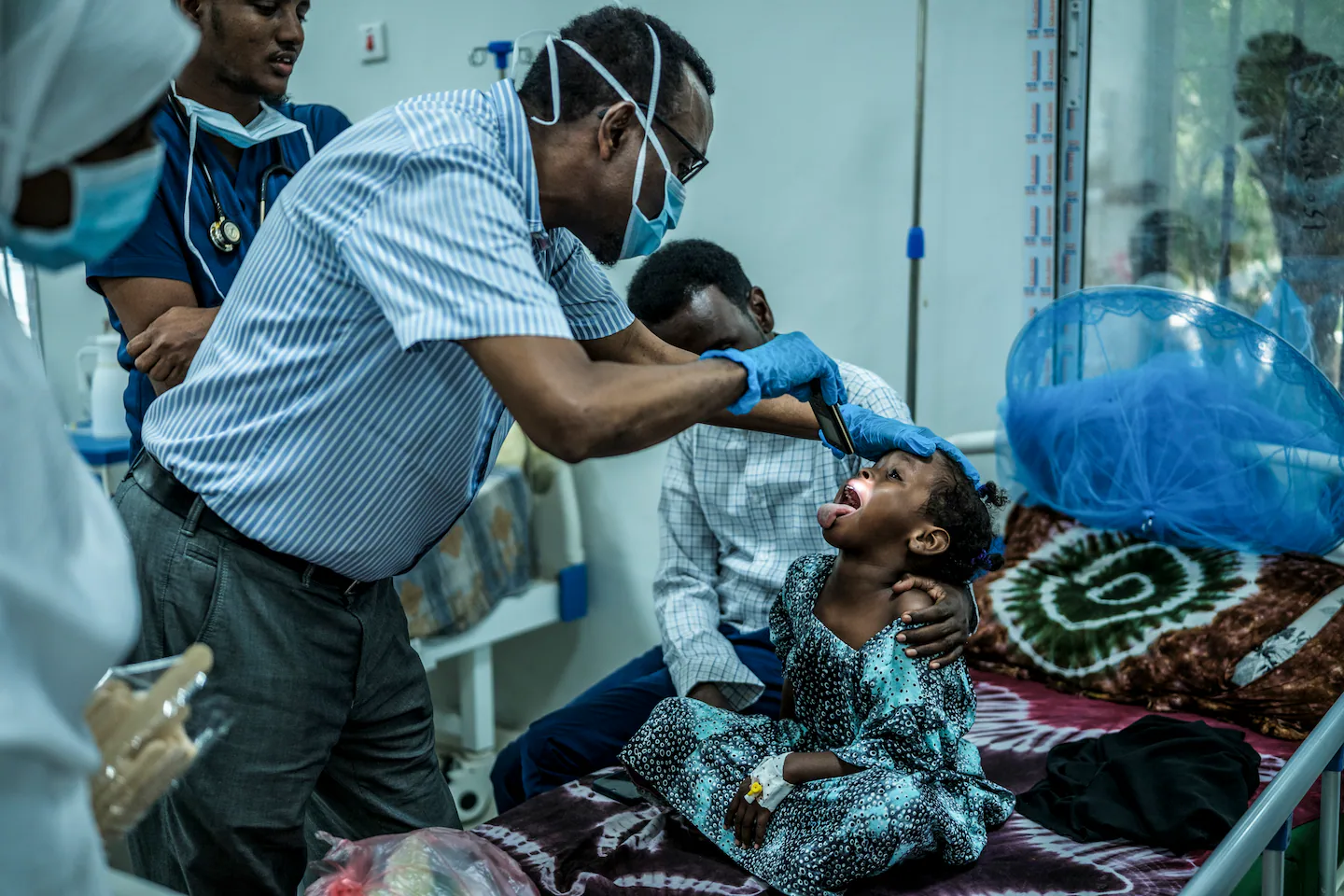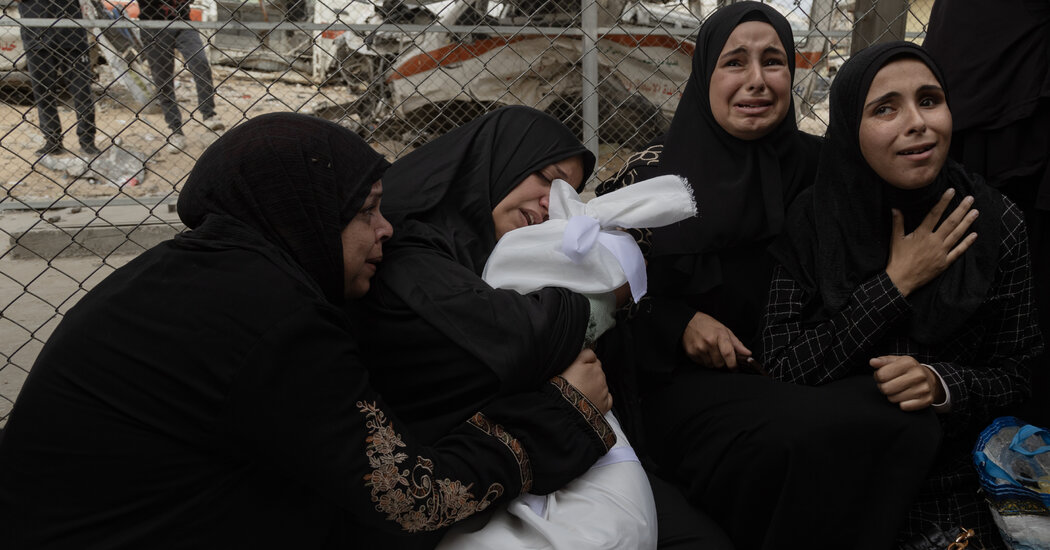Copyright The Boston Globe

Diphtheria is caused by a bacteria that produces a powerful toxin that kills cells, usually in the throat and tonsils, creating a thick, gray membrane of dead tissue that can grow large enough to block the airway and cause suffocation. It is particularly dangerous in young children with small airways. If caught early, it can be treated effectively with antibiotics, but if not, cases can swiftly turn fatal. It is among the diseases that were relics of prevaccine days but have resurged in recent years, with mass displacement driven by climate change and war. The disruptions in routine immunization that came with COVID and its stress on global health systems, and the rise in vaccine hesitancy, have fueled their spread. There are large diphtheria outbreaks now in Somalia, Sudan, Yemen and Chad — countries with civil wars or large populations of refugees where vaccination coverage is low, surveillance is weak and frail health systems leave children undiagnosed or treated too late. Diphtheria was once a major killer of children in the United States and other industrialized countries, but cases began to drop with the introduction of a diphtheria vaccine in the 1940s, and by the 1970s, the disease had become rare. There was just one case a year reported in the United States in the two decades after 1996, and only a handful since. The disease was vanishing from developing countries, too, at the beginning of the 21st century. But cases began to resurge about 15 years ago. Venezuela had a major outbreak, when its once-strong public health system fell apart during years of political instability. Bangladesh had one, beginning in 2017, mostly among Rohingya refugees packed into crowded camps. There have been nearly 30,000 reported cases in Nigeria in the past two years, mostly in the country’s north, where vaccination coverage is lower. There have also been cases in Europe in recent years, usually among young people who emigrated from Syria or Afghanistan and were not immunized. In the United States, the few cases have been associated with travelers. However American vaccination rates have declined slowly but steadily for the past five years; 92% of kindergarten students nationally had full coverage with diphtheria vaccination in the 2024-25 school year, down from 95% in 2020. Achieving broad immunity requires at least 85% coverage. A child is typically vaccinated against diphtheria with a 5-in-1 combination vaccine given at 6, 10 and 14 weeks of age. If a child doesn’t get all three shots, protection is limited — and that’s often the problem for displaced and struggling families such as Mukhtar’s. Katy Clark, an expert in diphtheria with Gavi, the international organization that helps low-income countries procure vaccines, said that as many as 1 in 4 children with diphtheria might die of the infection in countries where diagnostic and treatment options were limited. The fatality rate is closer to 1 in 20 in health systems with more resources, she said. Somalia is the first country to apply to Gavi for new funding to give children diphtheria boosters — shots delivered to children in their second year of life, then between 4 and 7 years old and 9 to 15 years old — in areas where the outbreak has seemed most severe. “We didn’t even have a diphtheria support modality, because we didn’t need one,” Clark said. “And now we have to build out a whole new process to help countries respond.” Somalia’s current diphtheria outbreak has grown steadily since it began in 2023, with more than 2,000 cases reported across the country so far this year (although surveillance and reporting are both very weak, and Clark said this was most likely a significant undercount). At Demartino Hospital in Mogadishu, nearly 1,000 patients have been admitted to the diphtheria ward this year, compared with 49 in 2024. Eighty percent of them are children. A health system already undermined by decades of civil war has been further hampered by the loss of much of the assistance that came from the U.S. government, cut by the Trump administration. Diphtheria and other infectious diseases are surging as more children become critically malnourished amid a sharp drop in food aid. Mukhtar and her family were displaced from Baidoa, in southern Somalia, by years of brutal drought. A family member in the city let them build their shack on his land. She said that her 12 children had been vaccinated with at least some of their shots; she took them to health centers when they were small. But she had a lot of children to keep track of, and she cannot read, so she was not able to track their immunizations too closely.



